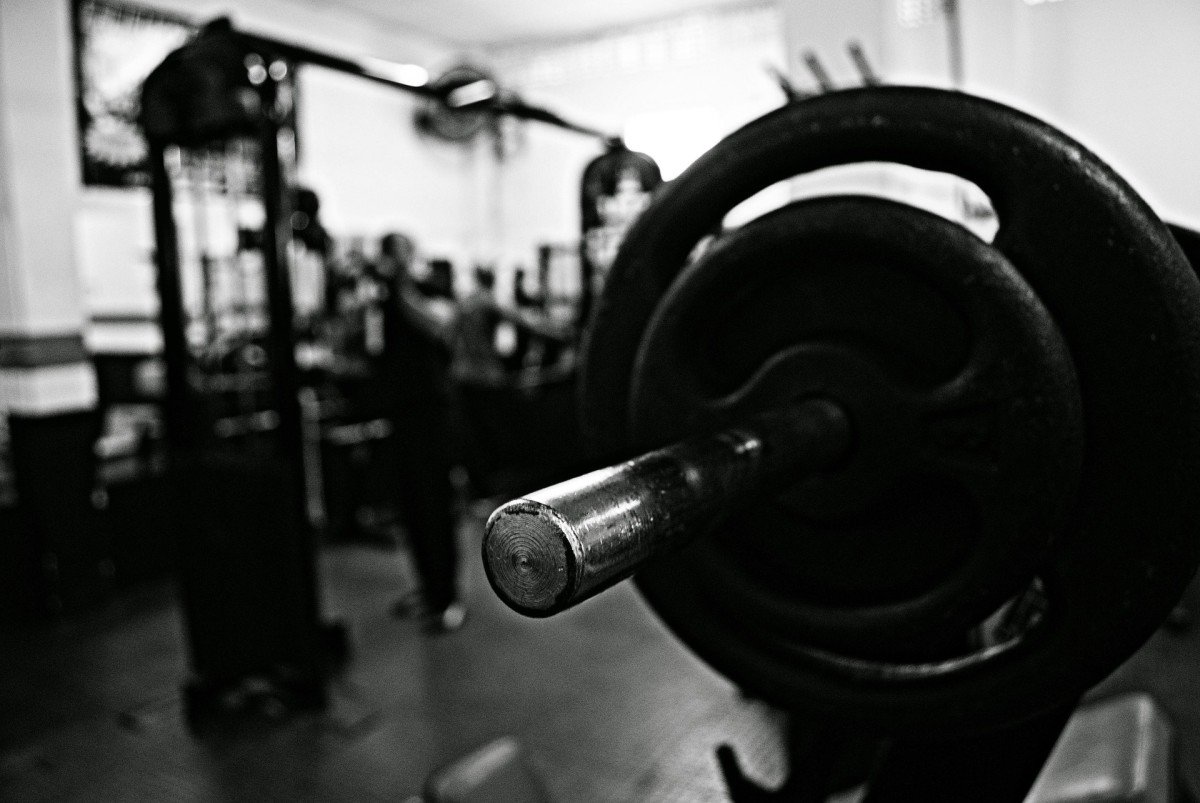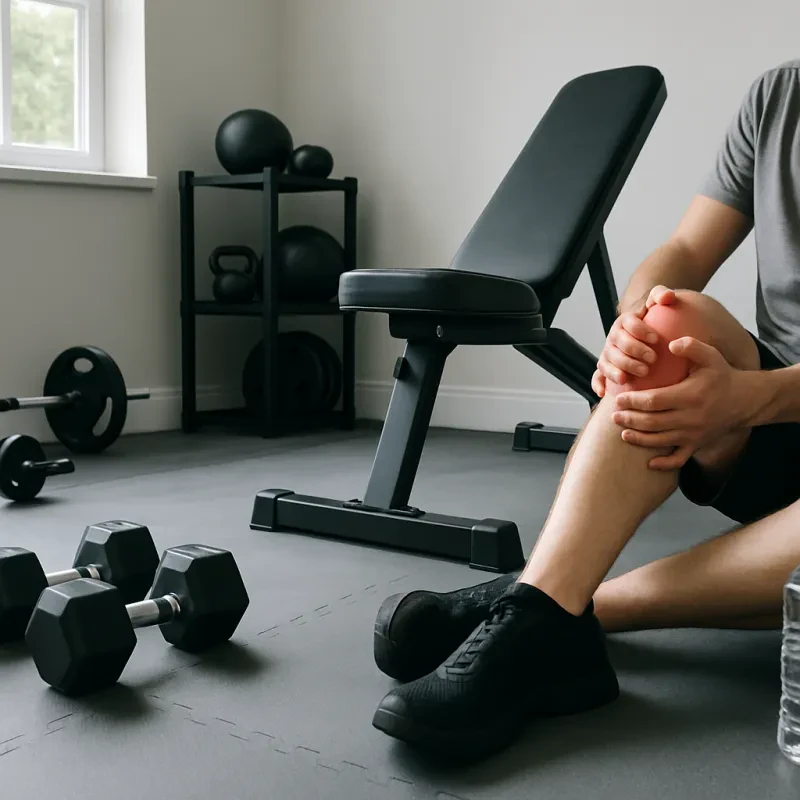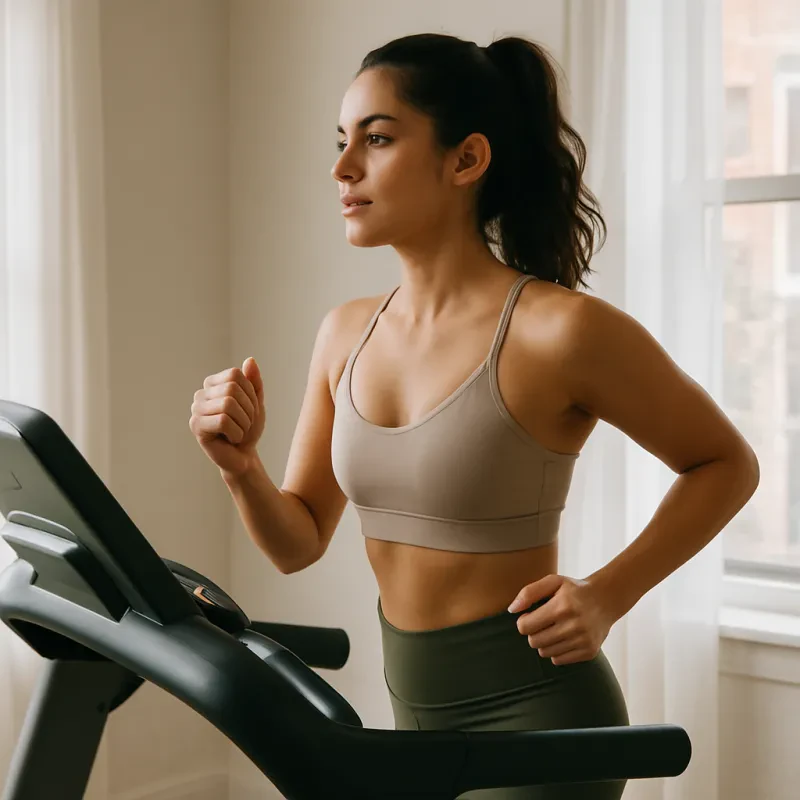Creating the best home gym setup is one of the smartest investments you can make for your health and fitness. Whether you want to save money on a gym membership, avoid crowded gyms, or have the convenience of working out at home, a well-designed home gym can help you stay consistent with your fitness routine. To make the most out of your home workout space, consider these essential tips.
1. Define Your Fitness Goals
Before purchasing equipment, determine your fitness objectives. Are you focusing on weight loss, strength training, flexibility, or overall fitness? Your goals will dictate the type of home gym equipment you need. For example:
-
Weight loss & cardio: Invest in a treadmill for home use, stationary bike, or rowing machine.
-
Strength training: Consider adjustable dumbbells, resistance bands, or a power rack.
-
Flexibility & recovery: A yoga mat, foam roller, and stretching straps are essential for recovery.
2. Choose the Right Space
Select a dedicated workout space for your home gym. It can be a garage gym, basement gym, spare room, or a corner in your living area. Consider the following:
-
Ventilation & lighting: Ensure good airflow and adequate lighting to create a motivating environment.
-
Flooring: Use rubber mats or foam tiles to protect floors and absorb impact.
-
Storage solutions: Optimize storage with shelves, weight racks, and wall-mounted organizers for dumbbells, barbells, and resistance bands.
3. Invest in Essential Home Gym Equipment
A home gym setup doesn’t need to be expensive or take up too much space. Start with these must-have fitness tools:
-
Cardio machines: A compact treadmill, elliptical machine, rowing machine, exercise bike, or jump rope for cardio workouts.
-
Strength training: Adjustable dumbbells, kettlebells, barbell set, resistance bands, and a squat rack.
-
Bodyweight training: A pull-up bar, dip station, suspension trainer (e.g., TRX), or resistance loops.
-
Recovery tools: Foam rollers, massage guns, yoga blocks, and stretching straps to aid muscle recovery.
4. Consider Multi-Functional Equipment
If you have limited space, invest in versatile home gym equipment that allows for multiple exercises. Examples include:
-
Adjustable dumbbells (replace multiple sets of weights).
-
Resistance bands (offer various resistance levels and are space-saving).
-
A power rack with a pull-up bar (supports squats, bench presses, chin-ups, and dips).
5. Stick to Your Budget
Affordable home gym equipment is available for all budgets. Prioritize quality over quantity, and look for deals on second-hand gym equipment, clearance sales, and refurbished fitness gear. Start with essential equipment and expand as needed.
6. Optimize for Motivation & Convenience
To stay motivated, design your home gym space to be inspiring:
-
Mirrors: Help with form correction and make the space feel larger.
-
Speakers or TV: Play workout music, podcasts, or fitness videos for motivation.
-
Whiteboard or planner: Track workouts, progress, and fitness goals.
-
Smart fitness tracker integration: Sync workouts with apps like MyFitnessPal, Fitbit, or Apple Health.
7. Ensure Safety in Your Home Gym
Safety should be a top priority in your home fitness setup:
-
Proper flooring: Reduces joint impact and prevents slipping.
-
Secure storage: Keep weights, kettlebells, and equipment organized to avoid tripping hazards.
-
Good ventilation: Helps regulate temperature and prevents overheating.
-
Emergency preparedness: Keep a first-aid kit and know basic injury prevention techniques.
8. Plan for Future Upgrades
As you advance in your fitness journey, you may need to upgrade your home gym equipment. Start with basics and gradually add heavier weights, squat racks, resistance machines, or advanced training tools. Consider upgrading to smart gym equipment like a Peloton bike, NordicTrack treadmill, or interactive mirror workouts.
9. Keep Your Home Gym Organized
A clutter-free workout space makes exercise sessions more efficient. Use:
-
Wall-mounted storage: Hooks for resistance bands, jump ropes, and yoga straps.
-
Weight racks & shelves: Store dumbbells, kettlebells, barbell plates, and medicine balls neatly.
-
Bins or baskets: Organize small fitness accessories like foam rollers, ankle weights, and wrist straps.
10. Maintain Your Home Gym Equipment
Regular maintenance ensures longevity and safety:
-
Clean workout machines & weights: Wipe down surfaces to prevent wear and bacteria buildup.
-
Lubricate moving parts: Keep treadmills, ellipticals, and stationary bikes in good working condition.
-
Inspect for wear & tear: Replace resistance bands, weight cables, and faulty fitness equipment before they break.
Building the best home gym setup is a smart and rewarding investment. By focusing on your fitness goals, choosing the right space, and selecting essential gym equipment, you can create a motivating and convenient workout area. Start with the basics and expand over time, ensuring your home gym remains functional, safe, and enjoyable.



